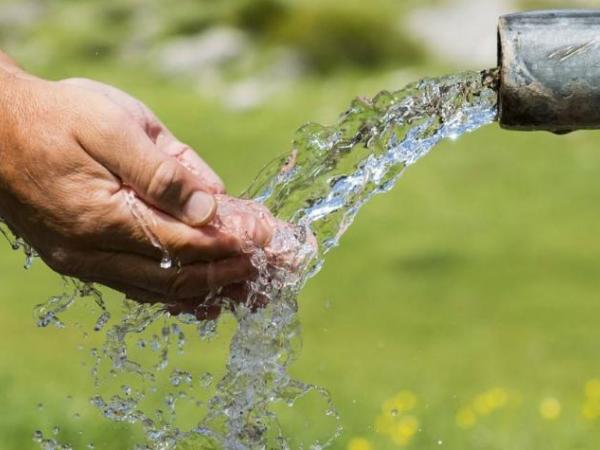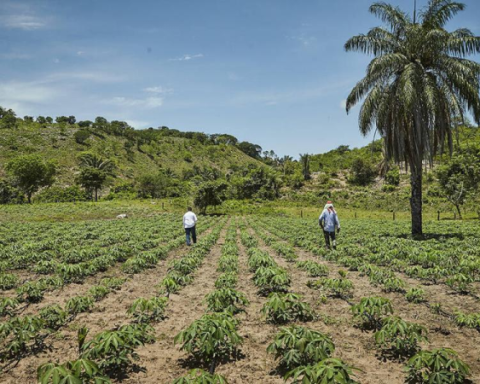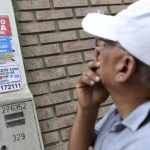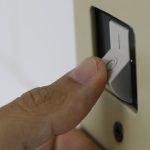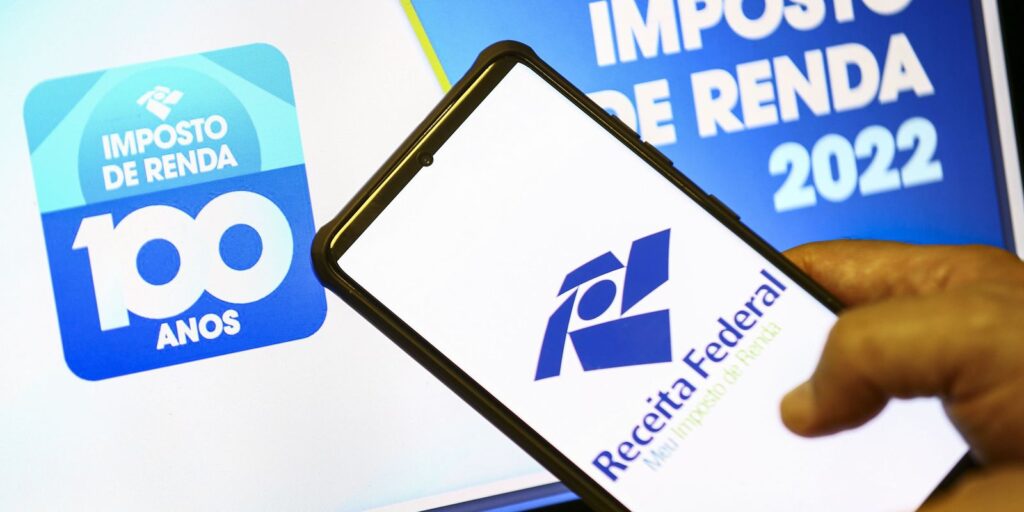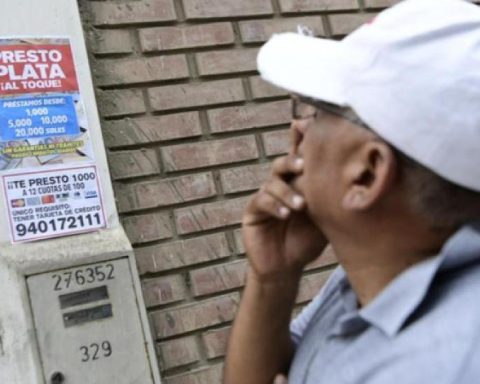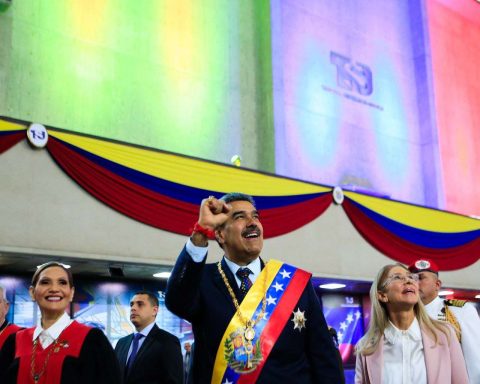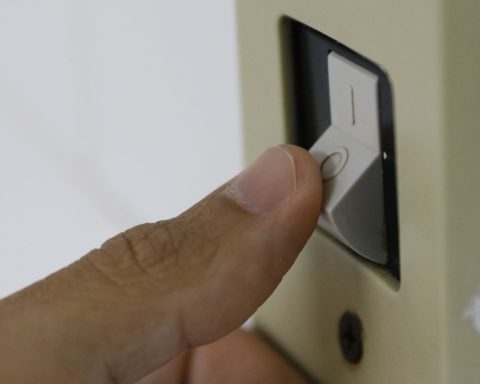From the beginning of the Government, one of the great challenges was to bring the access to basic services to all national territory, and above all water. Through the effort to reach remote areas of the country, little by little the goal has been achieved.
(Comptroller investigates Departmental Water Plans).
The deputy minister of water, José Acero, in an interview with Portafolio, reported that without a doubt the greatest challenge facing the water sector is to arrive with infrastructure and sanitation solutions to the most difficult access areas in the country.
“To address this challenge, we develop initiatives based on differential supply schemes, which allow the adoption of technologies and management models that respond to the characteristics (social, geographical, cultural) of these areas,” said the official.
(45% of municipalities do not have a good aqueduct service).
In this way, programs such as Guajira Azul, Agua al Campo and Agua al Barrio were born, responding to the specific needs of the regions.
“With Guajira azuhe We have already finished five public standpipe modules that bring drinking water for the first time to more than 30,900 Wayuu indigenous people who live in the scattered rural areas of the department. With Agua al Campo we seek not only to increase the coverage of water and basic sanitation services, but also their continuity and quality, which has allowed us to reach more than 500,000 inhabitants of the country’s rural area with water solutions for the first time. ”, said the deputy minister.
In addition, with the Agua al Barrio program, more than 91,000 people in 14 municipalities in the country have been connected to the aqueduct service.
However, the concern constant of the communities is not only providing the water service, it is the permanent continuity of the service, and although the National Government has invested resources in the sector, the barriers continue.
“One of the biggest is the atomization of providers, that is, the existence of many providers with few users, which results in an inefficient sector with difficulties in making investments to increase coverage, quality and continuity indicators. of the water service,” said Acero.
However, with the increase in industry investments It has been possible to finance and monitor projects that not only increase the coverage of services, but also improve their continuity and quality.
“To date, 37% of completed projects have a direct impact on coverage figures (113 projects with an investment of $890,000 million), 28% on the quality of services (87 projects with an investment of $361,000 million) and 21% to continuity (63 projects with an investment of $549,000 million). The other projects (14%) are hybrid and attend to two or more indicators at the same time”, said Acero.
Since the government of President Duque began in 2018, more than 4.6 million Colombians did not have access to drinking water, to date according to figures from the Vice Ministry of Water, 2.5 million Colombians have been connected for the first time to drinking water services, of which 580,000 new connections are in rural areas of Colombia.
Although the figures are encouraging, there are more than 2 million Colombians without water service. Colombia’s goal is to be able to connect all people by the year 2030.
PAULA GALEANO BALAGUERA
BRIEFCASE
